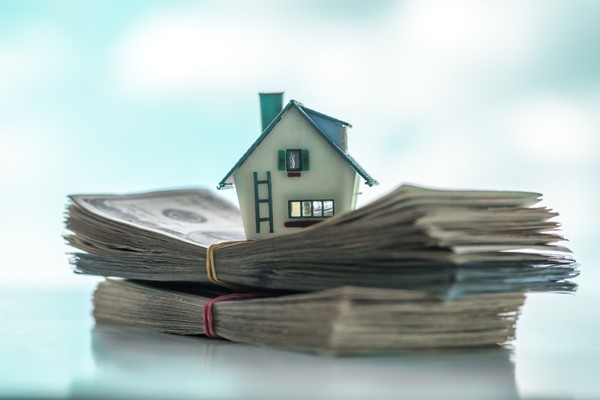
Saving enough funds for the down payment on your home can be an obstacle for everyone. With general living costs and accumulated debt (Student Loans!), many young couples and professionals don't believe they'll ever save enough to move from being renters to buyers. There are steps you can take to put aside the funds you need for your down payment, but you’ll need to consider your priorities and a serious commitment to your spending and saving strategy.
Take a look at the median house prices in the area you want to buy and set a realistic budget for the price of your new home based on your current income and means. If the average home price is around $275k, then with a standard loan you’ll need about $55,000 for your down payment.
First, open a separate savings account, or designate one of your accounts for the money you’ll put aside. If you can separate your funds from the checking and savings accounts you access on a regular basis, then you'll help yourself refrain from using your down payment savings for other purchases, maintenance, or emergencies that arise.
Second, analyze your spending habits and create a realistic budget based on your current income to help you make strategic spending cuts. There are many free apps, spreadsheet templates, and useful blogs to help you set up and manage your budget. Inquire with your local bank to learn if they offer financial advisory services or can set you up with a partner to help you review your budget—many credit unions provide these services free with membership. Check what your financial institution offers and take advantage of free wisdom!
- Review your memberships and subscriptions. Can you consolidate your streaming services, cancel NFL channels after football season, or join a more affordable gym?
- Instead of going out to eat or to the movies for date-night, set a limited budget for entertainment and take a few extra minutes to discover the many free activities your city has to offer. While making these significant changes, it is essential to allow yourself to continue to have fun times and relieve some of the pressure you're adding to your life—finding more affordable activities and restaurants can help you spread the fun money a little further and still put significant funds aside for your down payment.
- Curb your unnecessary purchases. For some, this is one of the most difficult changes to make. From little convenience store purchases to emotional retail shopping, you’ll have to monitor your habits to catch yourself before you make purchases you don’t need. If you need the energy drink every morning, take the time to stock up when they’re on sale. Find a coffee shop that offers deals or a punch card (at least!). And if you can’t cut all the retail shopping, try limiting yourself to resale stores or clearance outlets to curb spending.
There are many ways to save for your future home. Work with your real estate professional to determine what your loan and down payment requirements might be. Then, get started on your savings plan!
